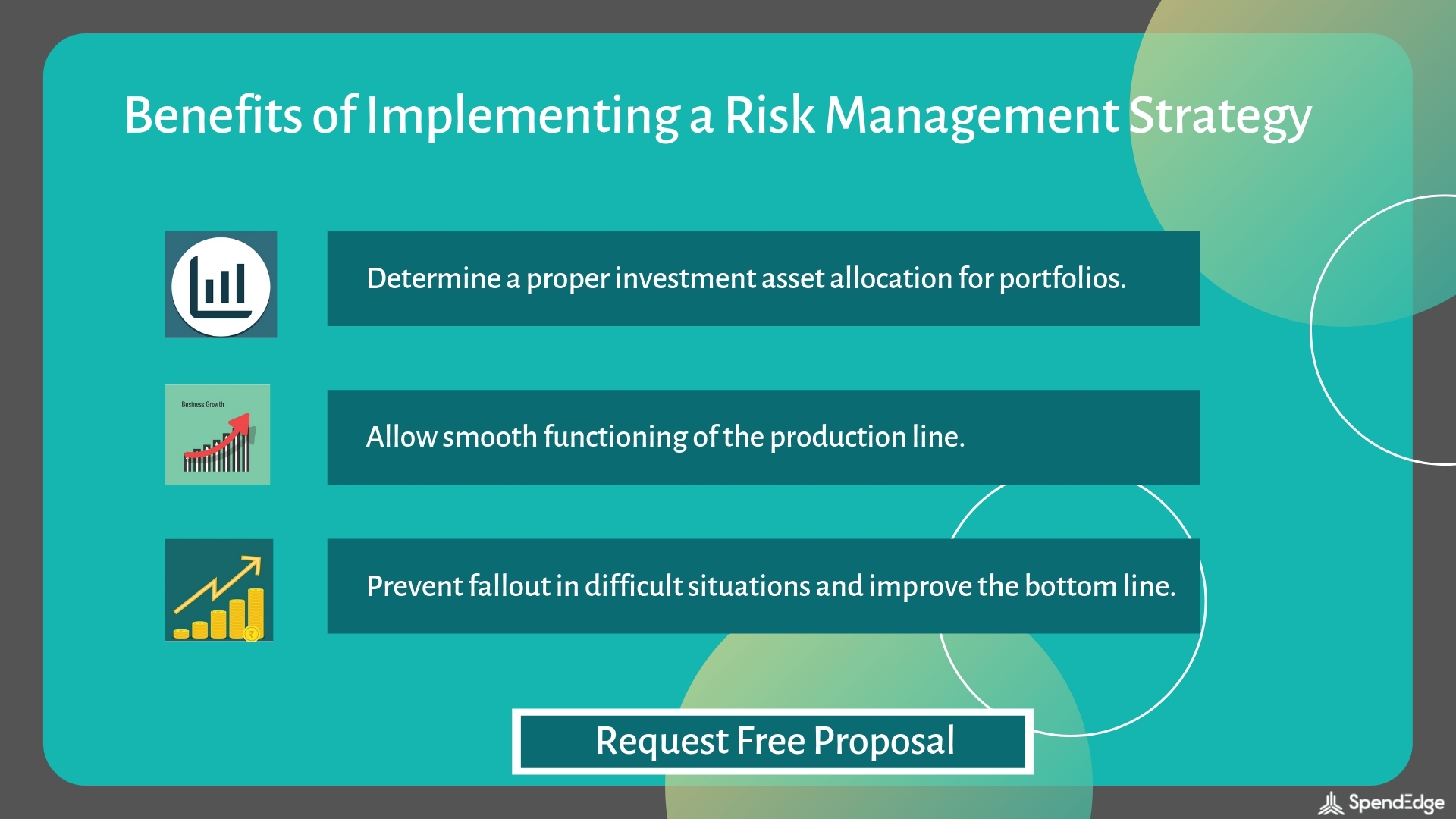How the Importance of Risk Management Drives Successful Project Outcomes
How the Importance of Risk Management Drives Successful Project Outcomes
Blog Article
The Relevance of Recognizing the Relevance of Risk Management in Various Industries

The Core Concept of Risk Management and Its Purpose
Risk Management, the foundation of many sectors, pivots on the identification, analysis, and mitigation of uncertainties in an organization environment. By properly determining prospective threats, companies can create techniques to either stop these dangers from happening or lessen their impact. When dangers have actually been identified and evaluated, the reduction procedure includes designing strategies to lower their potential impact.
Benefits of Executing Risk Management in Company Procedures

Unveiling the Role of Risk Management in Different Industries
While every market confronts its special set of dangers, the implementation of Risk Management techniques remains a typical in their search of sustainability and development. In the medical care sector, Risk Management involves guaranteeing individual security and information protection, while in finance, it entails mitigating financial investment dangers and making sure regulatory compliance (importance of risk management). Building companies concentrate on employee security, project delays, and budget plan overruns. In the innovation field, business reduce cybersecurity risks and technology obsolescence. Inevitably, the function of Risk Management throughout sectors is to recognize, assess, and reduce threats. It is a necessary element of tactical preparation, making it possible for companies to shield their properties, maximize possibilities, and achieve their goals.
Real-life Instance Research Studies Demonstrating Effective Risk Management
To understand the value of Risk Management in these several industries, one can look to numerous real-life instances that highlight the effective application of these steps. Toyota, upload the 2011 quake in Japan, modified its supply chain Management to lessen interruption dangers. Check This Out These situations demonstrate exactly how sectors, learning from situations, successfully used Risk Management techniques to decrease future risks.
Future Patterns and Growths in Risk Management Techniques
As the world remains to evolve, so also do the fads and growths in Risk Management methods. Quick developments in innovation and information analytics are improving the Risk landscape. Big data and AI are now important in forecasting and minimizing threats. Organizations are leveraging these tools to build predictive versions and make data-driven choices. Cybersecurity, once an outer worry, has catapulted to the center of Risk Management, with approaches concentrating on prevention, action, and detection. The combination of ESG (Environmental, Social, Administration) aspects into Risk Management is one more expanding trend, showing the increasing recognition of the role that social and ecological dangers play in organization sustainability. Hence, the future of Risk Management lies in the combination of sophisticated technology, innovative techniques, and a holistic method.
Verdict
To conclude, recognizing the significance of Risk Management across a spectrum of industries is essential for their long life and prosperity. Tailored methods can help mitigate possible dangers, protect assets, and foster stakeholder count on. In addition, proactive decision-making help in regulative compliance and enhances source usage. Ultimately, successful Risk Management adds to more lasting and resistant companies, highlighting the value of look at here this technique in today's dynamic and extremely competitive service setting.
While every market confronts its unique collection of threats, the implementation of Risk Management strategies remains a typical in their pursuit of sustainability and development. In the medical care field, Risk Management entails ensuring client security and data defense, while in money, it entails mitigating investment risks and making certain regulatory compliance. Ultimately, the role of Risk Management throughout markets is to determine, assess, and mitigate threats. These instances demonstrate exactly how markets, learning from situations, successfully applied Risk Management techniques to reduce future risks.

Report this page